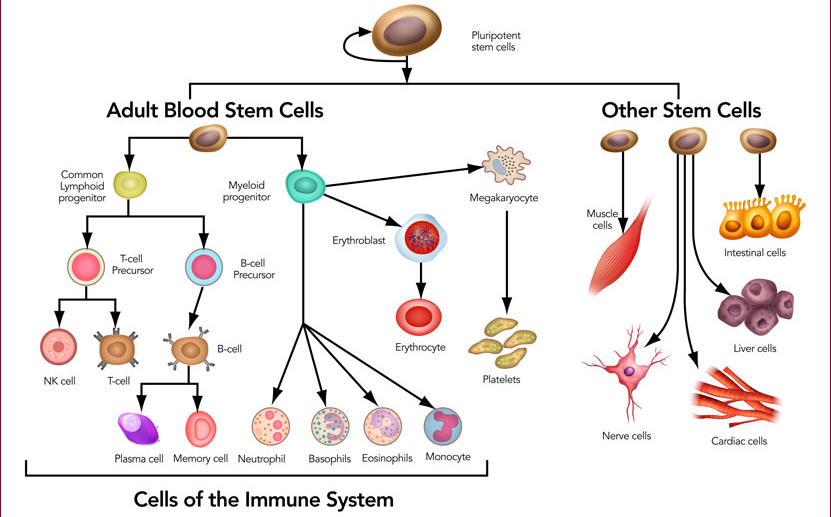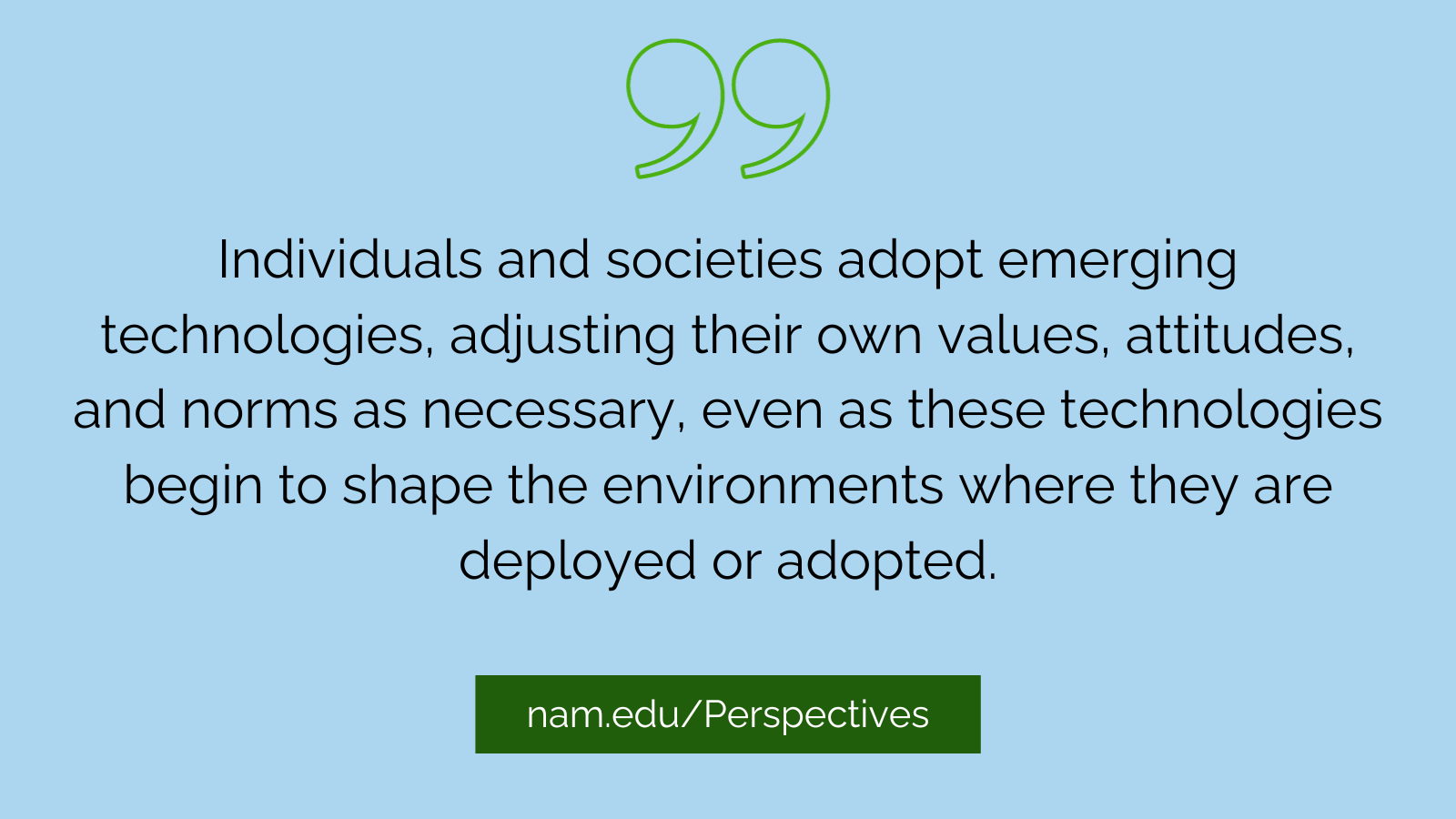Table of Contents

[/image][=video]
[/video]
Many websites utilized for bone marrow harvesting are situated in the hip bones and the sternum. The procedure takes location in the operating area. The donor will be anesthetized during the harvest and will certainly not feel the needle. In recovery, the benefactor might experience some pain in the areas where the needle was inserted.

If an autologous transplant is intended, previously accumulated stem cells, from either peripheral (apheresis) or harvest, are counted, screened, and all set to infuse. The prep work for a bone marrow transplant differ relying on the kind of transplant, the disease requiring transplant, and your resistance for specific medicines. Take into consideration the following: A lot of frequently, high doses of radiation treatment and/or radiation are included in the preparations.
This therapy is frequently called ablative, or myeloablative, as a result of the effect on the bone marrow. The bone marrow produces a lot of the blood cells in our body. Ablative treatment avoids this process of cell manufacturing and the marrow becomes empty. A vacant marrow is required to make room for the brand-new stem cells to grow and develop a brand-new blood cell production system.
It is not an operation to position the marrow into the bone, but resembles obtaining a blood transfusion. The stem cells locate their way right into the bone marrow and start recreating and expanding brand-new, healthy blood cells. After the transplant, encouraging treatment is offered to avoid and treat infections, side impacts of therapies, and problems.
Hormone Therapy
The days before transplant are counted as minus days. The day of transplant is considered day zero. Engraftment and healing complying with the transplant are counted as plus days. For instance, an individual may go into the medical facility on day -8 for preparative programs. The day of transplant is phoned number absolutely no. Days +1, +2, etc, will adhere to.
The days are phoned number to help the client and family members comprehend where they are in terms of risks and discharge preparation. Throughout mixture of bone marrow, the person may experience the following: Discomfort Chills Fever Hives Chest discomfort After infusion, the individual may: Invest several weeks in the medical facility Be really at risk to infection Experience excessive bleeding Required blood transfusions Be restricted to a clean environment Take numerous antibiotics and other medications Be given medication to stop graft-versus-host diseaseif the transplant was allogeneic.
Platelets are usually the last blood cell to recuperate. Engraftment can be delayed due to the fact that of infection, medicines, low contributed stem cell matter, or graft failure.
Antibiotics, antifungal medications, and antiviral medications are commonly offered to attempt to stop serious infection in the immunosuppressed patient. Thrombocytopenia (reduced platelets) and anemia (low red blood cells), as a result of a nonfunctioning bone marrow, can be unsafe and also lethal.
Fluid overload is an issue that can lead to pneumonia, liver damage, and high blood stress. The primary reason for liquid overload is because the kidneys can not maintain up with the large quantity of fluid being given in the type of intravenous (IV) medicines, nourishment, and blood products.
Menopause Therapy in Wyoming, Michigan

Breathing standing is a vital feature that might be endangered throughout transplant. Infection, swelling of the respiratory tract, fluid overload, graft-versus-host illness, and blood loss are all potential deadly problems that may occur in the lungs and lung system. The liver and heart are necessary organs that might be damaged during the transplant process.
Failure of the graft (transplant) holding in the marrow is a possible problem. Graft failing may take place as an outcome of infection, recurrent condition, or if the stem cell matter of the contributed marrow was inadequate to cause engraftment. Graft-versus-host illness (GVHD) can be a major and dangerous problem of a bone marrow transplant.
Rather than an organ transplant where the client's immune system will attempt to turn down only the transplanted organ, in GVHD the new or transplanted immune system can assault the whole patient and all of his or her organs. This is due to the fact that the new cells do not identify the tissues and body organs of the recipient's body as self.

One of the most common websites for GVHD are GI system, liver, skin, and lungs. Diagnosis substantially depends upon the following: Sort of transplant Type and degree of the disease being treated Condition feedback to therapy Genetics Your age and total wellness Your tolerance of details medications, treatments, or treatments Extent of complications Similar to any kind of procedure, in bone marrow transplant the prognosis and long-term survival can vary greatly from one person to another.
Menopause Therapy around Wyoming
Constant follow-up treatment is necessary for the person following a bone marrow transplant. New techniques to improve therapy and to reduce problems and negative effects of a bone marrow transplant are constantly being uncovered.
Accessed June 5, 2017. The hope is to recover broken tissue that will certainly not appropriately heal by itself. Regenerative medication therapies can be split into 3 categories: facilitate healing by infusing or putting real-time cells right into the patient. Instances of cellular therapy consist of PRP and stem cell treatments, which can be utilized to treat tendinopathy and other sporting activities injuries.
Outer nerves, for example, include Schwann cells, nerve fibroblasts, and immune cells, each playing a function in nerve regeneration, as reviewed below. Stem cell treatment is one of the most thoroughly investigated and appealing branches of cell regeneration treatment. Some cells, such as epithelial cells in the skin or the cellular lining of the intestinal tract, have a high turnover rate and can regenerate restorePromptly
Navigation
Latest Posts
Menopause Therapy in Wyoming
Hormone Therapy around Wyoming, Michigan
Perimenopause Treatment